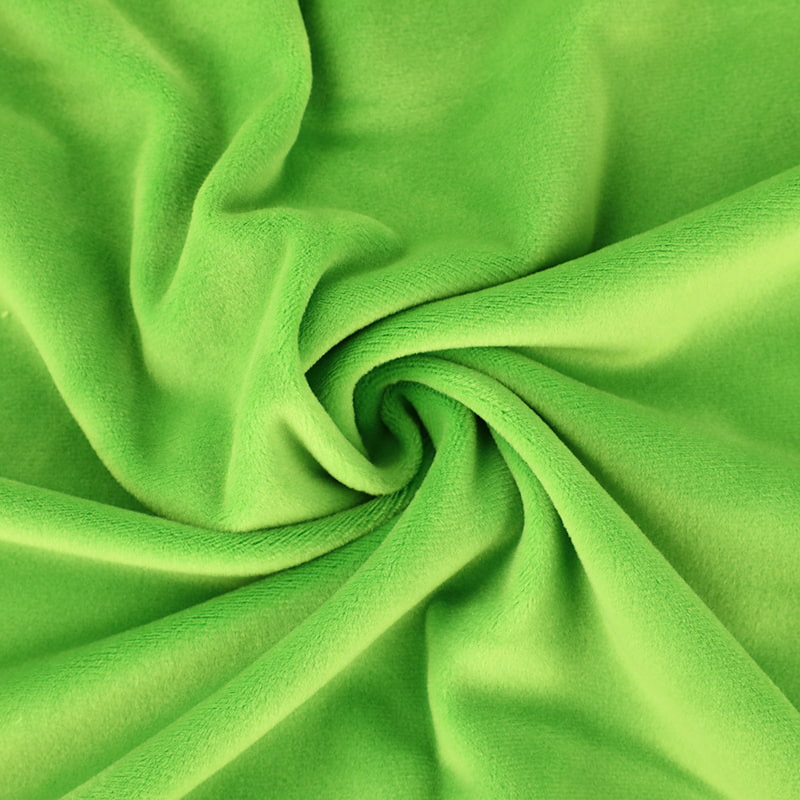Mitigating the potential loss of softness during the dyeing of
spandex super soft fabric involves careful selection of dyeing methods, dye formulations, and post-dye finishing processes. Here are some steps that can be taken to minimize the impact on softness:
1. Choose the Right Dyeing Method:
Opt for dyeing methods that are known for their fabric-friendly characteristics. Sublimation dyeing, for example, is a method that doesn't involve the use of chemicals and high heat, making it gentler on the fabric.
2. Use Low-Temperature Dyeing:
Whenever possible, select dyeing processes that operate at lower temperatures. High heat can adversely affect the softness of spandex super soft fabric, so using lower temperature methods can help preserve the fabric's texture.
3. Select Soft Dye Formulations:
Choose dye formulations that are specifically designed for sensitive or soft fabrics. Some dyes are formulated to be more gentle on textiles and may have a reduced impact on softness.
4. Minimize Chemical Usage:
Minimize the use of chemicals in the dyeing process. Reducing the amount of chemicals and additives used can help mitigate any potential negative effects on softness. Ensure that the dyeing process is as efficient as possible to minimize chemical exposure.
5. Thorough Rinsing and Washing:
After dyeing, thoroughly rinse and wash the fabric to remove excess dye and residual chemicals. A well-executed rinsing and washing process can significantly reduce the chances of chemical residues impacting the fabric's softness.
6. Softening Agents:
Consider using softening agents or finishing treatments after dyeing. These agents can help restore or enhance the softness of the fabric. Ensure that the chosen softening agents are compatible with the fabric and dye used.
7. Quality Control:
Implement stringent quality control measures throughout the dyeing process. Regular testing and monitoring can help identify and address any issues that may affect softness.
8. Sample Testing:
Before conducting large-scale dyeing, perform sample tests on a small piece of the fabric to assess the impact of the dyeing process on softness. This can help identify any potential issues and allow for adjustments in the dyeing process if needed.
While these steps help mitigate potential loss of softness, there may still be some impact on softness during the dyeing process, depending on the specific fabric, dye, and dyeing method used. Therefore, regular quality control checks and testing are crucial to ensure the desired softness is maintained in the final dyed fabric.




 English
English русский
русский Español
Español عربى
عربى







